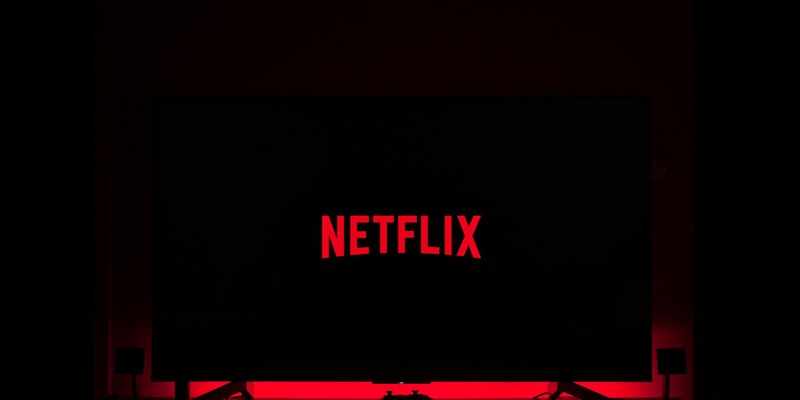Netflix has made a decisive move that veers away from Apple’s App Store when it comes to subscription payments. The streaming giant is no longer allowing subscribers to pay through Apple’s system, which represents a significant change in how customers handle their subscription fees. This new approach is a reflection of larger trends where app developers are striving for more control over their financial dealings. By sidestepping the App Store, Netflix is taking a stand against the hefty fees that tech titans often charge for in-app transactions. The company is encouraging its users to switch to different payment methods, marking a strategic step towards greater economic independence. This is a calculated effort by Netflix to retain a larger share of their subscription revenue, highlighting the ongoing power struggle between content providers and platform operators over control of the valuable digital marketplace.
Verify Subscription Billing Origin
For any Netflix subscriber accustomed to the convenience of managing subscriptions via Apple’s ecosystem, it’s crucial to first confirm whether this is indeed the case. This verification can be swiftly completed by navigating to the “Membership and Billing” section on one’s Netflix account. Identifying the origin of your subscription billing is the initial step to mastering the new changes. This allows users to quickly discern if further action is needed on their part to ensure the continuity of their service. Should you ascertain that your account is billed through Apple, it signifies that changes to your payment method are imminent.
Update Payment Details
If your Netflix billing is set up through the Apple App Store, you’ll need to update your payment method. This step is crucial to maintain seamless access to Netflix’s extensive content offerings. By redirecting your billing from Apple to Netflix directly, you avoid service disruption.
Moving away from Apple’s billing to a direct payment relationship with Netflix not only streamlines the process but also enhances customer experience through more direct engagement. It reflects a broader trend where companies are moving away from third-party billing to forge stronger connections with their users. This strategic shift impacts how subscribers manage their accounts and interact with Netflix’s services, underscoring the importance of consumers directly managing their subscription details for efficiency and personalization in their digital engagements.
Accept Pricing Changes
The act of adapting to new pricing is the final hurdle for keeping one’s Netflix account active. Users who discover any adjustments to the pricing or currency must agree to these updates to solidify their subscription status. This consent to new financial terms is not just a formality – it is indicative of the dynamic nature of digital content subscription models. Not only must customers consent to price alterations made by Netflix, but this consent also encompasses the willingness to navigate the constantly evolving waters of digital streaming platforms.
The revamp in subscription management, if executed efficiently, is expected to reinforce Netflix’s relationship with its customer base by simplifying the billing interactions and granting the company greater control over pricing structures. By fostering a direct payment channel, Netflix aims to offer a seamless and unified experience to its users, free from the nuances of navigating through intermediary platforms.

